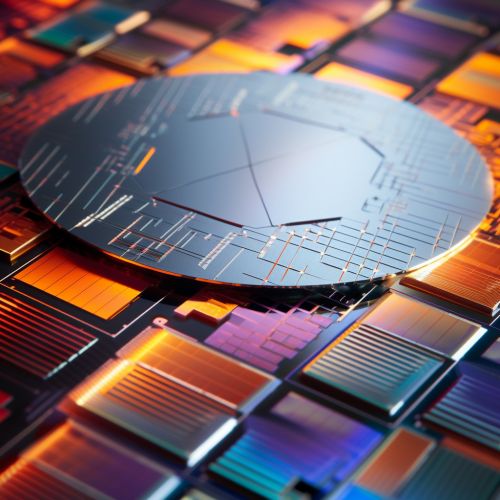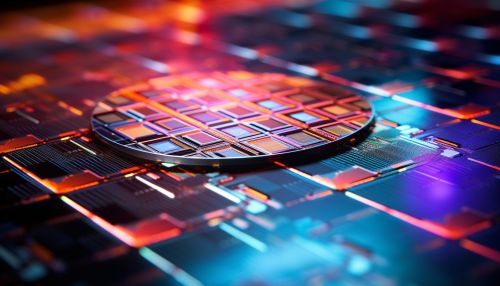Semiconductor Physics
Introduction
Semiconductor physics is the branch of physics that deals with the study of semiconductors, materials that have properties between those of conductors and insulators. Semiconductors are crucial in the field of electronics, as they form the basis of all modern electronic devices, including transistors, diodes, and integrated circuits.


History
The study of semiconductors dates back to the early 19th century, with the discovery of the thermoelectric effect by Thomas Johann Seebeck in 1821. However, the term "semiconductor" was first used by Alessandro Volta in 1782, to describe materials that conducted electricity more than insulators but less than good conductors.
Classification of Semiconductors
Semiconductors can be classified into two main types: intrinsic and extrinsic. Intrinsic semiconductors are pure semiconductors, while extrinsic semiconductors are doped with impurities to modify their properties.
Intrinsic Semiconductors
Intrinsic semiconductors are made of a single type of material, usually silicon or germanium. They have a balanced number of free electrons and holes, which are vacancies in the atomic structure that can be filled by electrons.
Extrinsic Semiconductors
Extrinsic semiconductors are created by doping, which is the process of adding impurities to a semiconductor to increase its conductivity. There are two types of extrinsic semiconductors: n-type and p-type. N-type semiconductors are doped with elements that have more valence electrons than the semiconductor, resulting in more free electrons. P-type semiconductors are doped with elements that have fewer valence electrons, resulting in more holes.
Semiconductor Devices
Semiconductor devices are electronic components that exploit the electronic properties of semiconductor materials. They include diodes, transistors, and integrated circuits.
Diodes
A diode is a semiconductor device that allows current to flow in one direction only. It consists of a p-n junction, which is formed by joining a p-type and an n-type semiconductor.
Transistors
A transistor is a semiconductor device used to amplify or switch electronic signals and electrical power. It is composed of semiconductor material with at least three terminals for connection to an external circuit.
Integrated Circuits
An integrated circuit (IC) is a set of electronic circuits on one small flat piece of semiconductor material, usually silicon. The integration of a large number of tiny transistors into a small chip was a huge advancement that has made modern electronics possible.
Semiconductor Materials
The most commonly used semiconductor materials are silicon, germanium, and gallium arsenide. Silicon is the most widely used semiconductor material because of its abundance and excellent semiconductor properties.
Future of Semiconductors
The future of semiconductors lies in the development of new materials and technologies. One promising area is the field of quantum computing, which relies on quantum bits, or qubits, that can represent both 0 and 1 at the same time.
